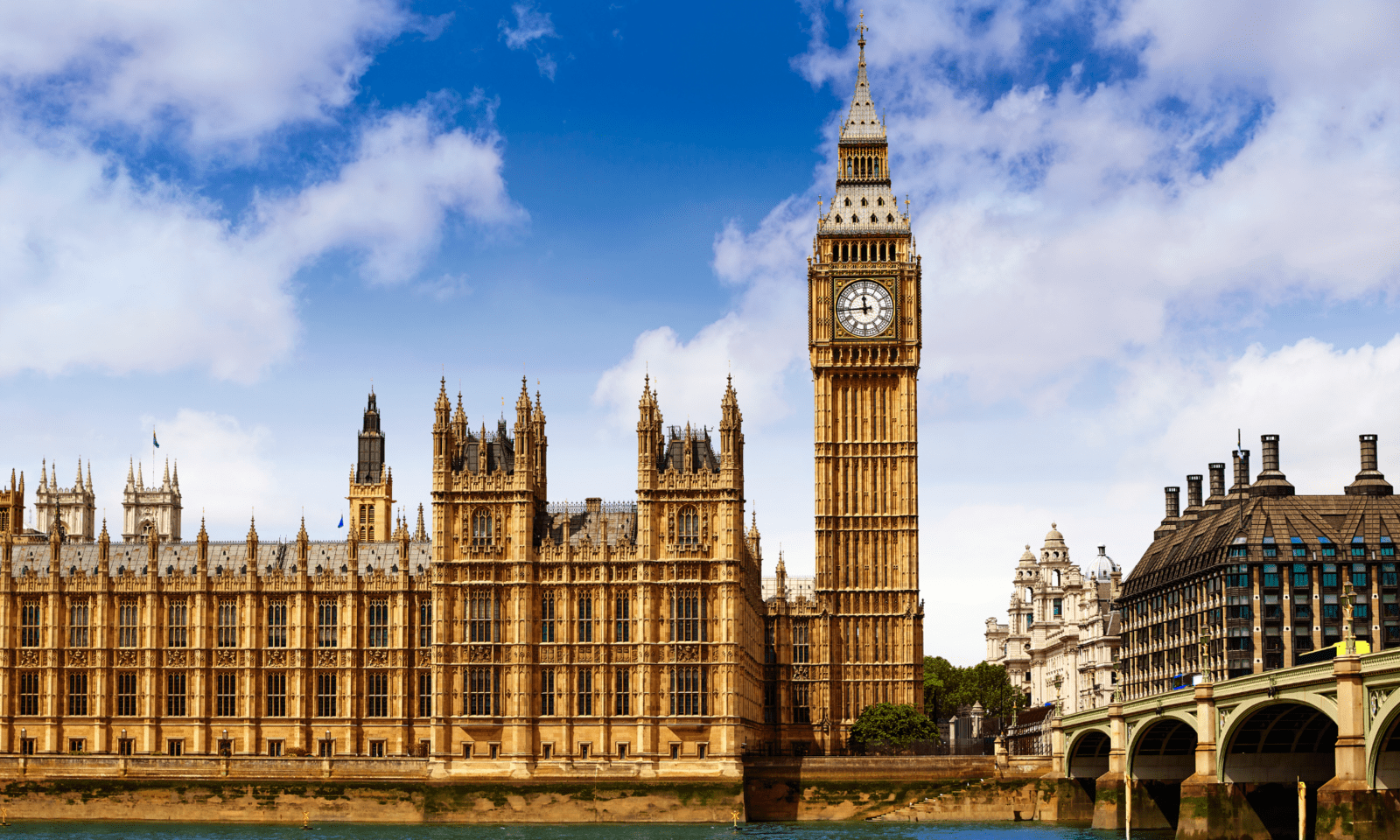
Budget 2021: our view on what it means for personal finances
Today, Chancellor Rishi Sunak delivered his Budget, setting out the government's tax and spending plans and forecasts for the UK economy.
There were probably more eyes focussed on the Chancellor delivering his 2021 Budget than ever before. A year into the Covid pandemic, finances across the country have been severely damaged with a record £270bn borrowed by the government to help the country during the crisis. This was always going to be a Budget where the pandemic took centre stage and one that was designed to position the UK economy for recovery.
Rishi Sunak has given us some good news, but his warning is that harder times lie ahead for the country: the UK is now in more debt than it's been in for more than 50 years. He promises that the UK's rapid Covid-19 vaccine rollout will bring a "swifter and more sustained" economic recovery, and that the UK economy will grow 4% this year, returning to its pre-pandemic size six months sooner than previously expected. However, he also sent a stark warning to everyone that repairing the long-term damage to the economy would take time.
We have summarised the key points from the Budget which may affect our financial planning clients. The full Budget report, which includes the impacts for businesses, can be read by visiting the www.gov.uk website.
The Economy
- The economy is predicted to grow by 4% this year, a reasonable performance on the back of the 10% decline we saw in 2020 due to the pandemic. The real rebound, according to the independent Office for Budget Responsibility (OBR), is set to come in 2022, when the economy is set to expand by 7.3%. Growth will then come in at 1.7% in 2023, 1.6% in 2024 and 1.7% in 2025 according to the OBR.
- The forecast for inflation, which tracks the rise in the prices of common goods and services is 1.5% this year, increasing to 1.8% in 2022. So we can expect the cost of goods to rise, although by less than the Bank of England’s target of 2% per annum.
- The government will borrow £355bn in the current financial year, equivalent to 17% of the size of the UK economy. This is a record outside of the figures notched up in the two World Wars.
- The tax threshold for National Insurance Contributions will rise from £8,632 to £9,500. This move, which was announced in November, is expected to take 500,000 employees out of the tax altogether. It also means that those earning more than £9,500 will be, on average, £85 a year better off.
- Personal tax thresholds have been frozen, but will rise in 2021/2 to £12,570 and £50,270 for higher rate tax payers, but then held until April 2026. A rise is usually given each tax year in order to at least reflect the rising cost of living. The freeze means many households will pay more in taxes and will be worse off. It also means that those who get a pay rise may be pulled into a paying a higher rate of tax.
- The thresholds for Inheritance Tax (IHT) have been frozen until 2026.
- Lifetime Allowance for pensions have all been held at its current level of £1,073,100. This freeze is not simply a short-term measure, with the allowance remaining at this level until April 2026. While the current lifetime allowance appears to be significant, it would typically buy an income of £26,100 a year for a 65-year-old, the equivalent of £1,740 a month after tax. Freezing the limit means more people may exceed the limit and face significant tax charges. Where individuals will now breach the lifetime allowance, some may chose to reduce their hours or retire earlier than they want to, in order to stay within the limits.
- Despite speculation that rates might rise, the Chancellor did not change Capital Gains Tax rates, welcome news for the approximately 250,000 taxpayers who pay CGT on the sales of businesses, shares and second homes.
- Corporation tax is to rise from 19% to 25% starting from 2023. It’s a reversal in Conservative policy to bring in tax revenue, but the Chancellor says it is "still an internationally competitive rate".
- Pension rules are to be changed, giving the “pension industry more flexibility to unlock billions of pounds from pension funds to invest in innovative new ventures”. The goal is to ensure that pensions schemes are able to offer the highest possible returns to savers.
- The Chancellor kept ISA and savings allowances at the current rates of £20,000 with £9,000 for a Junior ISAs or Child Trust Fund
- A new retail savings bond is being launched to allow the public to invest and support green projects. This “green bond” will be issued by the government-backed National Savings and Investments (NS&I) and will be issued in the summer. There are no details yet on the interest rate that will be paid to savers.
- The £500,000 nil rate for Stamp Duty Holiday available in England and Northern Ireland has been extended to the end of June, then tapered to £250k to the end of Sept and back to £125k from 1 October 2021. This will directly help those who are facing delays with their property purchase and were expecting to miss the tax break deadline due to close at the end of March.
- A new Mortgage Guarantee scheme is being launched to help borrowers who can only afford 5% deposit, with 95% mortgages from next month. The chancellor confirmed that a government guarantee means first-time buyers should get a wider choice of mortgages than currently available and this will be available when buying properties worth up to £600,000.
- Although it was announced in advance, the extension of furlough is significant for millions of people. The scheme - which pays 80% of employees' wages for the hours they cannot work in the pandemic - has been extended until September 2021.
- Support for the self-employed also to be extended until September with 600,000 more self-employed people will be eligible for help as access to grants is widened.
You can read the full 2021 Budget report here: https://www.gov.uk/government/publications/budget-2021-documents
